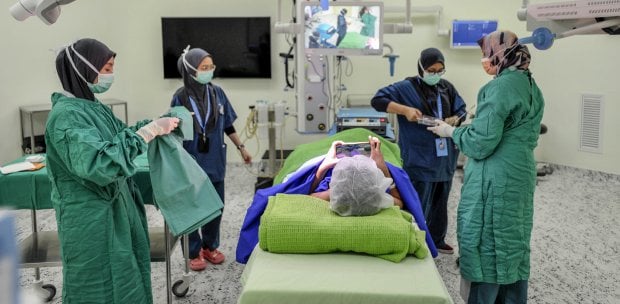KUALA LUMPUR: One in five adolescents in Malaysia has bullied and harassed somebody through the Internet, cell phones or other electronic devices, the Health Ministry reported.
This was shared in the key findings from the Institute for Public Health's National Health and Morbidity Survey (NHMS): Adolescent Health Survey (AHS) 2022, which involved 33,523 secondary school students aged 13 to 17.
The study highlighted that the most prevalent forms of cyberbullying involved making rude comments online (11.3 per cent) and spreading rumours about someone online (6.9 per cent).
Additionally, the report revealed that a small percentage of adolescents have participated in other cyberbullying activities, such as sharing or posting embarrassing photos of others (4.8 per cent), making threatening comments to harm someone online (two per cent), soliciting discussions about sex online (1.8 per cent) or urging others to engage in sexual activities online (one per cent).
The survey also touched on general bullying experiences among adolescents.
About 8.6 per cent of respondents reported being bullied, with higher rates observed among Form 1 students and young adolescents.
The most common forms of bullying included mocking someone's appearance (26.7 per cent), making sexual jokes or comments (16 per cent), intentionally excluding individuals from activities or ignoring them (13 per cent), ridiculing someone's race, nationality or colour (11.7 per cent), and other forms of bullying (20.2 per cent).
Regarding violence among adolescents, the report indicated that 14.8 per cent of participants had experienced physical attacks, with males being more frequently affected at 16.1 per cent.
Furthermore, 16 per cent of respondents had been involved in physical fights, with a higher incidence among males at 18.9 per cent.
The study also highlighted domestic abuse, revealing that 7.5 per cent of adolescents had experienced physical abuse at home, with a slightly higher percentage among females at 8.1 per cent.
Verbal abuse at home was reported by 41 per cent of respondents, with a higher prevalence among females at 51.8 per cent.






